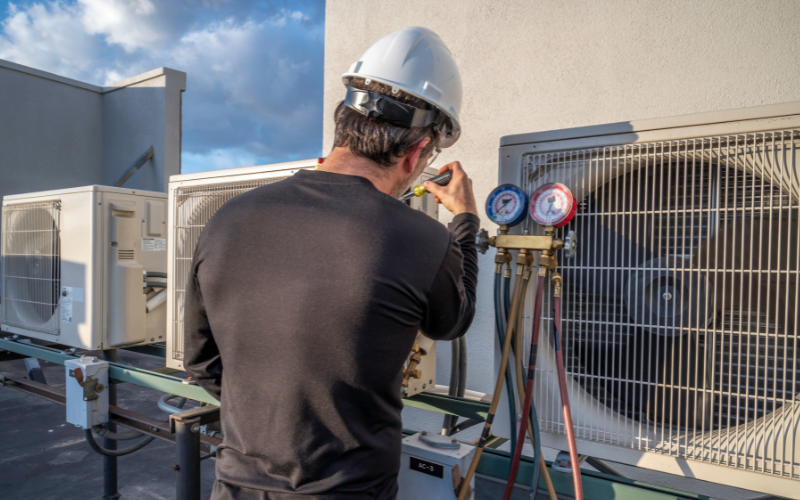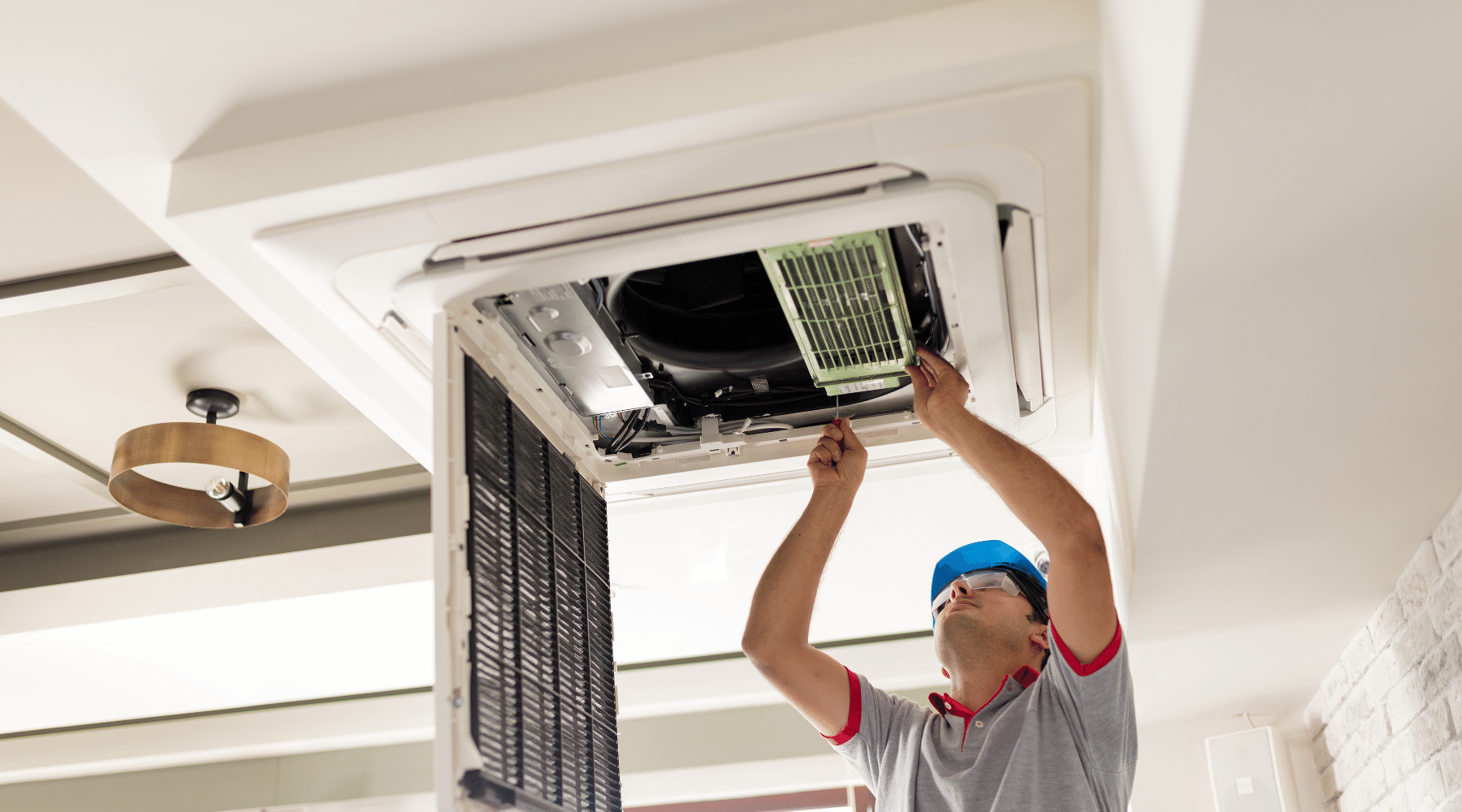Powering Business Success: The Critical Role of Commercial Electricians, HVAC Services, and Commercial Air Conditioning

In today’s competitive business, the infrastructure behind day-to-day operations is instrumental to organisational success, employee productivity, and customer satisfaction. From electrical systems, heating and cooling solutions to commercial electricians air conditioning, the unsung infrastructure delivers functional, comfortable environments while maintaining operational reliability and safety compliance. This is why commercial electrical, HVAC, and air conditioning businesses should be adequately understood within the pressures Australian businesses face, navigating complex technological and regulatory environments, which provide context for how much is at stake for strategic decisions about the infrastructure that supports each business’s direct operation and the sustainability of the business long-term. To be relevant, commercial electricians must adapt to the data space.
The field of commercial electricity has undergone a seismic shift over the last several decades, growing from being-power-on-demand to a complex web of connected technology, advanced climate control, and safety solutions. Thus, modern commercial electricians provide more than just connection and repair services: they offer strategic expertise, helping firms balance ever-changing technological demands with increasingly rigid legislative requirements.
Not Just Basic Wiring: Niche Skills for Business Settings
Commercial electrical systems are vastly different from their residential counterparts, with increased complexity, more exacting loading requirements, and more sophisticated distribution networks that need specialist expertise from qualified commercial electricians. These professionals provide broad knowledge of typical commercial three-phase power environments, allowing for potentially high loads to be distributed between manufacturing devices, HVAC systems, and general operating loads.
Power quality management is another specialised field, with commercial electricians providing solutions to harmonics, voltage fluctuations and other disturbances that could jeopardise sensitive devices or cause a waste of time in operations. This increasingly integrated electrical, data, and communication infrastructure means traditional electrical pathways now support low-voltage networks that power everything from telecommunications to building management systems and security solutions.
Lighting design and implementation is not just about simple illumination, but also about energy efficiency, brightness and colour temperature appropriate to the task at hand, and increasingly, circadian-aware systems that facilitate occupant wellbeing by using biologically appropriate lighting characteristics throughout the day. That requires specialised skills: commercial electricians develop emergency and backup systems like uninterruptible power supplies, integrating generators, and automatic transfer switches to maintain competition even when the grid is out. Such varied specialities allow commercial electricians to create tailored solutions to meet essential business needs rather than generic, one-size-fits-all approaches that only partially fulfil operational goals or compliance demands.
Compliance Management and Safety Assurance
In Australia, extensive legislation governs all facets of electrical installations in commercial buildings and is enforced on businesses. Another key service is compliance documentation, with qualified electricians being asked to supply increasing certificates of compliance, testing records, and as-built documentation, now often required for insurance, tenancy agreements , and regulatory assurances.
Ongoing inspection regimes, including thermal scanning to spot hotspots before they create failures, earth leakage to ensure adequate shock protection, and load analysis to confirm the system’s operation remains within design parameters, fall under the remit of safety testing and verification, and these services can significantly reduce the risk of total loss.
For conscientious companies, regular compliance audits have become best practice. Commercial electrical contractors conduct ongoing audits on existing installations against current standards to discover what is deficient and needs remediation to remain legally operational and keep insurance valid.
Electricians also provide essential compliance-focused services, guiding businesses through the regulatory maze and constructing documented evidence of due diligence that becomes invaluable when negotiating insurance claims, workplace safety investigations, or property transactions that demand proof of an electrical system’s integrity and regulatory adherence.
Conclusion: Infrastructure Investments for a Successful Business
High-quality commercial electrical services, professional HVAC solutions, and appropriate commercial air conditioning are operational essentials, not optional extras for Australian businesses of all shapes and sizes. These critical systems directly affect worker productivity, customer comfort, equipment reliability, operational efficiency, and ultimately business sustainability in highly competitive markets where infrastructure reliability grows in broader business performance and stakeholder satisfaction. By engaging qualified commercial electricians delivering safe and efficient electrical grids, professional HVAC services maintaining conducive working environments, and specialist commercial air conditioning systems designed around unique building needs and operational goals, businesses cultivate reliable foundations enabling continued operations across Australia’s difficult climatic conditions.
With its integrated approach to these infrastructure elements, those enforcing the collaborative implementation and maintenance of diverse substructure systems overlook a network of interrelated systems of processes, improper management of individual systems, as slippery approaches fail to deliver compared to interconnected operations, and malicious attack vectors.
For Australian business operators, integrating backup power and renewables provides context for creating action plans around these essential investment types that drive long-term value without compromising uptime availability for business models or sustainability pledges. By implementing these strategies for developing and maintaining critical infrastructure, companies in all industries lay the operational foundations for the performance, comfort for occupants and efficiency that matter for sustainability and success in ever-more competitive markets.




